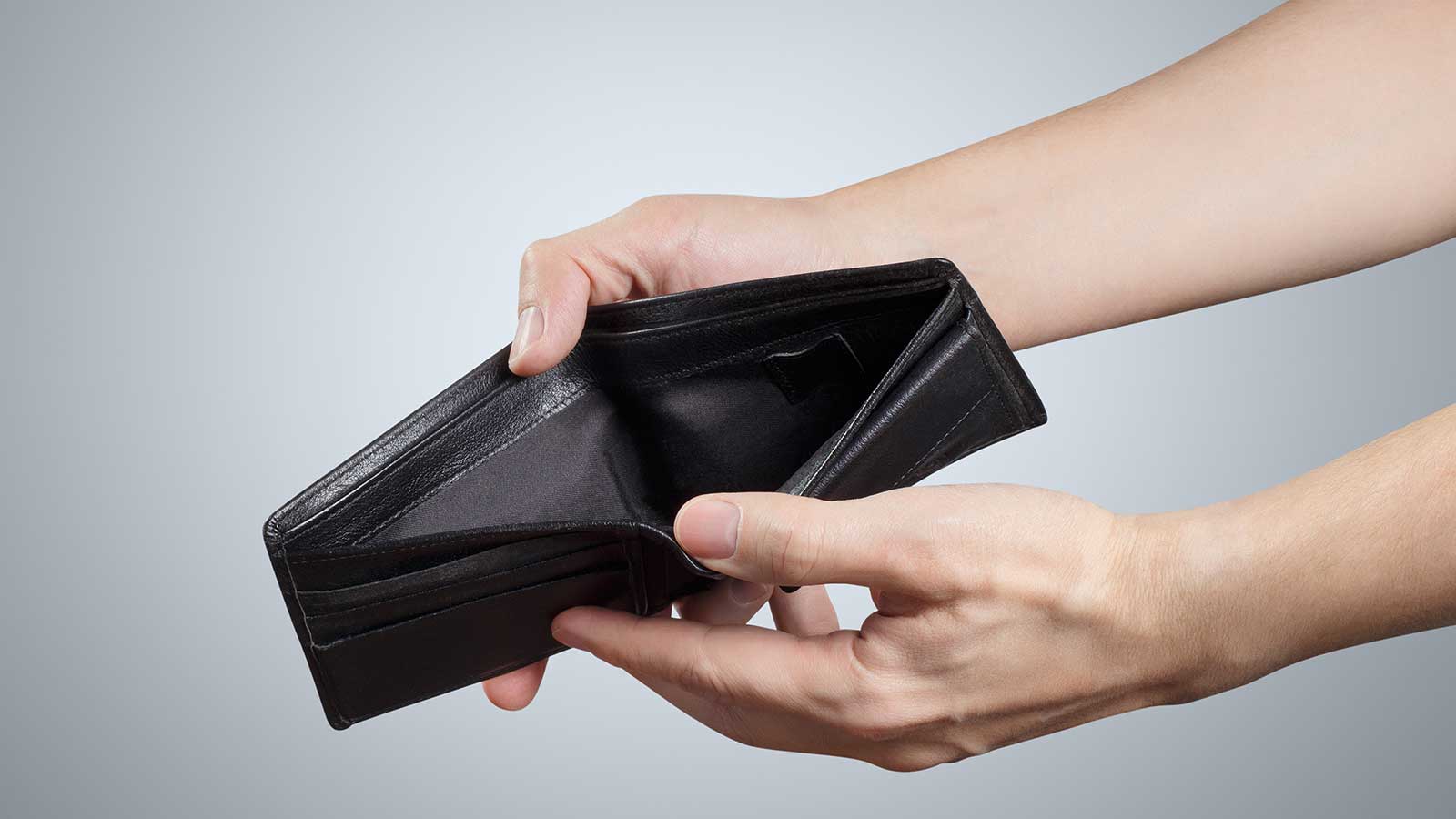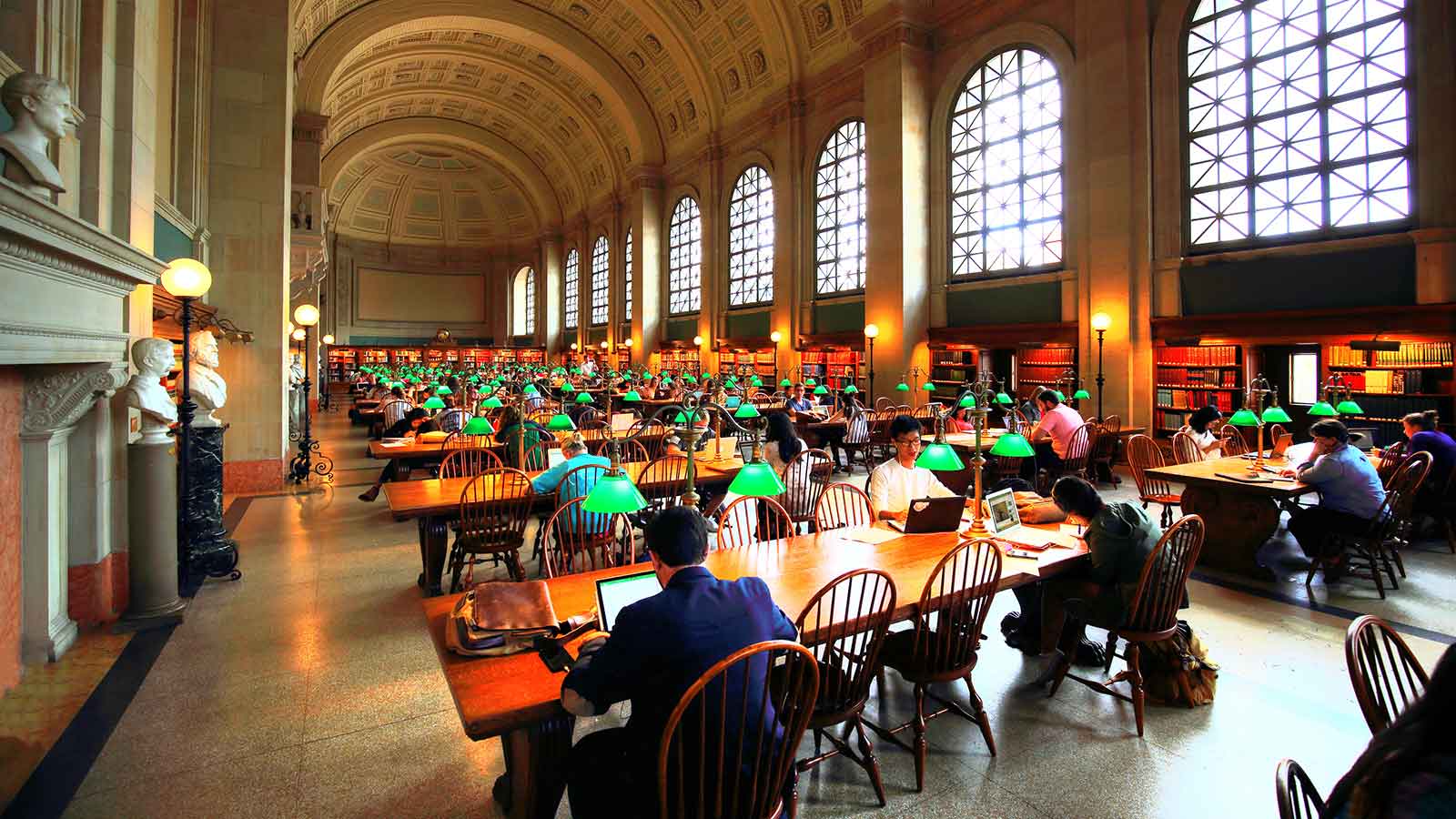It’s natural for people to make quick assumptions about others based on their appearance or activities. One such judgment is often related to a person’s financial status. In this discussion, people share their views on what makes them immediately presume someone is poor.
Worn-out or Ill-Fitting Clothing

“When someone is wearing clothes that are visibly worn out or don’t fit well.”
“Seeing people with holes in their clothes or shoes.”
“Clothes that look like they’re from a thrift store or hand-me-downs.”
Poor Dental Hygiene

“Bad teeth or lack of dental care.”
“Yellowed or missing teeth can be a sign of someone not having enough money for dental treatment.”
“People with teeth in terrible condition, especially if they’re young.”
Obvious Malnutrition

“When someone looks malnourished or underweight.”
“It’s sad to see someone who looks like they’re not eating enough or don’t have access to healthy food.”
“Pale or sickly-looking individuals might make me think they’re struggling financially.”
Using Outdated Technology

“People who still have flip phones or really old smartphones.”
“When someone doesn’t own a computer or a laptop and relies on public resources like libraries.”
“Old or broken electronic devices that look like they haven’t been replaced in years.”
Struggling to Pay For Small Items

“Counting coins at the cash register or having to put items back because they can’t afford them.”
“When someone seems nervous or embarrassed about not having enough money to pay for something.”
“I’ve seen people try to haggle over the price of everyday items like groceries, which suggests they might be struggling.”
Relying on Public Transportation

“People who depend solely on public transportation and don’t own a car.”
“I’ve seen people struggle to pay for a bus fare, which might suggest financial difficulty.”
“Riding a bike everywhere, even in bad weather, instead of driving.”
Living in a High-Crime Neighborhood

“Seeing people in areas known for crime or poverty might make me assume they’re poor.”
“It’s not always true, but living in a dangerous neighborhood might be a sign of financial hardship.”
“Run-down homes or apartment buildings in unsafe areas can be an indicator.”
Panhandling or Begging for Money

“I would assume someone who is begging for money is in a tough financial situation.”
“Seeing someone frequently panhandling in the same area can be a sign of poverty.”
“People asking for help with food or basic necessities.”
Using Food Stamps or Other Assistance Programs

“People who use food stamps or other government assistance programs might be struggling financially.”
“I’ve seen people pay for groceries with EBT cards or other welfare benefits.”
“It’s not something to judge someone for, but it can be a sign of financial hardship.”
Overuse of Payday Loans

“Frequent visits to payday loan stores or pawnshops can suggest someone is living paycheck to paycheck.”
“Seeing people selling their possessions at a pawnshop might indicate financial stress.”
“Using payday loans or other high-interest lending options could be a sign of desperation.”
Lack of Proper Grooming or Hygiene

“When someone doesn’t appear to take care of themselves or their appearance.”
“Poor grooming can be an indicator that someone might not have the means to afford basic hygiene products.”
“Unwashed or unkempt hair, dirty nails, or body odor can suggest financial struggles.”
Carrying All Their Belongings With Them

“Seeing someone with all their belongings in a backpack or a shopping cart can be a sign of homelessness or financial difficulties.”
“People who carry everything they own with them, often in plastic bags or makeshift containers.”
“It’s heartbreaking to see someone forced to carry their life’s possessions everywhere they go.”
Constantly Talking About Financial Struggles

“When someone constantly mentions their money problems or complains about being broke.”
“It’s hard to ignore when someone is always discussing their financial issues.”
“People who frequently bring up the topic of money or ask to borrow money from others.”
Wearing the Same Clothes Repeatedly

“Seeing someone wearing the same outfit multiple times in a short period might indicate they can’t afford more clothes.”
“People who wear the same clothes for days at a time.”
“It’s not always the case, but it can make me think someone might be struggling.”
Using Public Resources for Basic Needs

“People who rely on public resources like food banks or shelters might be facing financial difficulties.”
“Spending time at public libraries to use the internet or stay warm during cold weather.”
“Utilizing free meal programs or soup kitchens as a primary source of food.”
Unemployed or Working Multiple Low-Paying Jobs

“Not having a stable job or working multiple jobs just to make ends meet.”
“People who are constantly looking for work or seem to be stuck in a cycle of short-term employment.”
“Working long hours at low-paying jobs might not provide enough income to live comfortably.”
Not Participating in Social Activities Due to Cost

“Someone who consistently declines invitations to events or outings because they can’t afford to attend.”
“Avoiding situations where they would have to spend money, like going out for dinner or attending a concert.”
“People who seem to avoid any activity that comes with a price tag.”
Excessive Use of Credit Cards

“Relying heavily on credit cards to make everyday purchases or falling into debt.”
“Constantly maxing out credit cards or only making minimum payments can be a sign of financial struggle.”
“People who discuss their mounting debt or frequently mention their credit card bills.”
Living in a Cluttered or Unclean Home

“A home that is excessively cluttered or unclean might indicate financial stress.”
“Not being able to afford regular maintenance or repairs can lead to a rundown living space.”
“Living in a disorganized or dirty environment could suggest someone is struggling.”
Tobacco Use

“Although not always indicative of poverty, smoking or substance abuse can sometimes signal financial difficulties.”
“People who spend money on these while struggling to afford basic necessities.”
“Substance abuse can also lead to financial problems and contribute to a cycle of poverty.”
16 ANNOYING PHRASES THAT MAKE PEOPLE IMMEDIATELY HATE YOU!

We wanted to know the most irksome things someone can say that turns you off! These online users didn’t hold back!
16 ANNOYING PHRASES THAT MAKE PEOPLE IMMEDIATELY HATE YOU!
OBSOLETE MILLENNIALS: 14 SKILLS THEY LEARNED IN THE 90S THAT HAVE NO PLACE IN TODAY’S WORLD

A lot has changed since the turn of the century – just ask this nostalgic lot!
OBSOLETE MILLENNIALS: 14 SKILLS THEY LEARNED IN THE 90S THAT HAVE NO PLACE IN TODAY’S WORLD
THE FALL FROM GRACE: 12 PROFESSIONS THAT WERE ONCE REVERED, NOW A TOTAL JOKE

These 12 professions that are now obsolete show how much the times have changed.
THE FALL FROM GRACE: 12 PROFESSIONS THAT WERE ONCE REVERED, NOW A TOTAL JOKE
FROM ‘OKAY BOOMER’ TO ‘UGH BOOMER’: 10 HABITS THAT IRRITATE MILLENNIALS

Each generation has its quirks. Most label it as an “old person thing” when asked why grandpa or grandma does something unusual. The defense from the other side is that “it was the way things were back in our day.”
FROM ‘OKAY BOOMER’ TO ‘UGH BOOMER’: 10 HABITS THAT IRRITATE MILLENNIALS






